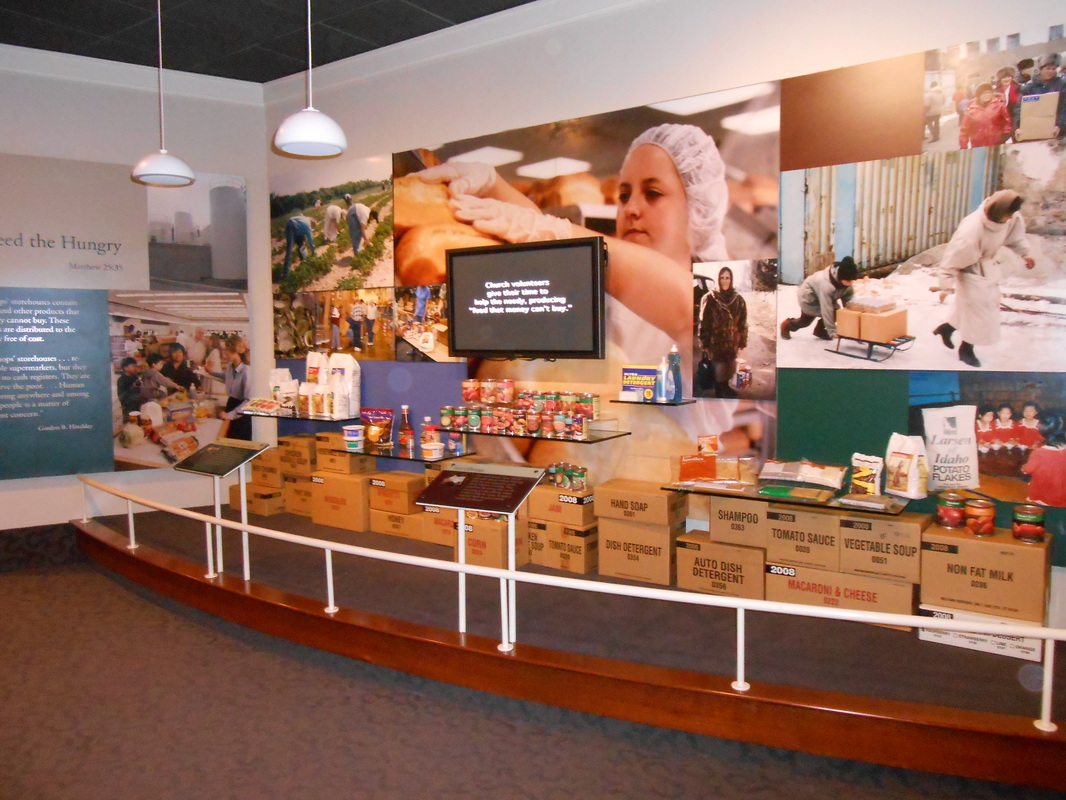
This week, I’m covering an extra April 1990 session of conference, called a Member Finances Fireside, that introduced and explained a new financial program in the church. From that point on, there would be no more budget projects, no more massive donations for activities, and no more member-built buildings. The church was now receiving enough tithing to be able to cover all financial costs of the church.
Remember hearing stories about the early saints working hours on the Kirtland Temple? Or the women offering their fine china to make the walls sparkle? We’re still not sure that’s true, but the idea of sacrifice is what’s important here. And speaking of sacrifice, think of the cost when they built the Nauvoo Temple. It was a monumental feat to build that beautiful edifice—by hand. And we do have documented stories of workers actually living in the temple in order to complete the building so it could be used to receive their endowments before leaving it behind as they consecrated their way farther west.
In fact, there’s a funny story about Sarah Kimball. She wanted to donate to the building of the Nauvoo Temple, but her non-member husband said absolutely not. So, when she delivered her baby, and the prophet Joseph went to visit her, she donated her baby to the temple cause. Laughing, Joseph turned to her husband and said, I’ll gladly give you your baby for a $500 donation to the temple. The men shook on it.
Sacrifice of time and money is no stranger to those early days of the church. Giving ten percent, plus everything else they were able to, was asking a lot from these pioneers who literally came into the valley with nothing. But even after hard work and community building, they still withstood a stirring heavenly lecture when Pres. Lorenzo Snow stood at the pulpit exhorting the members to pay their tithing with faith.
Years went by where tithing was dutifully paid, but an additional budget system allowed stakes to—in a way—get a job where members could go and work, and payment was collected in a stake fund to be used for new buildings, youth activities, etc. When we lived in Ohio, our stake’s budget project was to pick strawberries at the John Johnson farm (where Joseph Smith stayed and received the vision of the three degrees of glory). Members of the stake took care of that farm and when the produce was sold that money went into our stake fund to provide for expenses we incurred that particular year for activities and such.
Making this new announcement, in 1990, was actually big news. The budget program was now ending. The church was finally in a position to give each stake the money they needed for their yearly activities. While money was now allotted to each stake, in turn, each stake was asked to be careful with this money and use it wisely. I remember hearing that some of the wealthier stakes were able to get enough member donations to fly their youth to Hawaii for Youth Conference. That was now going to end because the church would not be sending money out frivolously.
We take for granted how rich our church is. But as the church continues its focus on gathering Israel and providing for its Saints, we have to appreciate what the church really spends all of its money on. Not only are all stakes throughout the world provided for, our temples are paid for before they are even built, Book of Mormons are being published in unprecedented numbers and in hundreds of languages, and the welfare and humanitarian aid blows everyone’s minds when they learn just how much the church provides for every disaster that hits this earth and continues helping people afterwards.
The church is an amazing, functioning vehicle that is spreading good throughout the world and providing for its own as well as countless others.